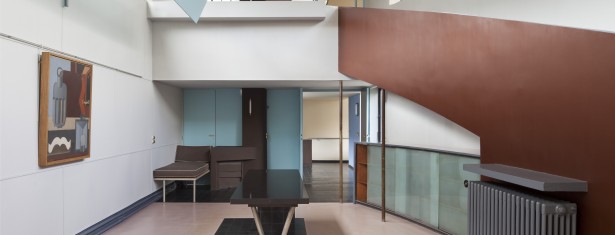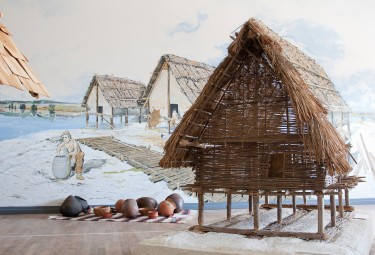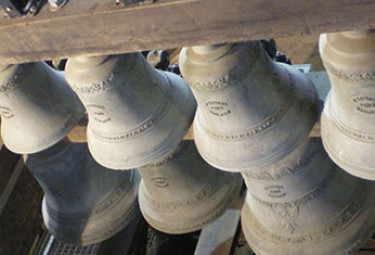The Architectural Work of Le Corbusier

Brief description of the property
Chosen from the work of Le Corbusier, the 17 sites and buildings comprising this transnational serial property, spread over seven countries and three continents, are a testimonial to the invention of a new architectural language that made a break with the past. They were built over a period of a half-century, in the course of what Le Corbusier described as “patient research”. The Complexe du Capitole in Chandigarh (India), the National Museum of Western Art, Tokyo (Japan), the House of Dr Curutchet in La Plata (Argentina) and the Unité d’habitation in Marseille (France) reflect the solutions that the Modern Movement sought to apply to the challenges of inventing new architectural techniques to respond to the needs of society. These masterpieces of creative genius also attest to the internationalization of architectural practice across the planet.
In France, the elements are: Maisons La Roche et Jeanneret (Paris), Cité Frugès (Pessac), Villa Savoye et loge du jardinier (Poissy), Immeuble locatif à la Porte Molitor (Boulogne-Billancourt), Unité d’habitation (Marseille), Manufacture à Saint-Dié (Saint-Dié-des Vosges), Chapelle Notre-Dame-du-Haut (Ronchamp), Cabanon de Le Corbusier (Roquebrune-Cap-Martin), Couvent Sainte-Marie-de-la-Tourette (Eveux), Maison de la Culture de Firminy (Firminy).
Criteria
Criterion (i): The Architectural Work of Le Corbusier represents a masterpiece of human creative genius which provides an outstanding response to certain fundamental architectural and social challenges of the 20th century.
Criterion (ii): The Architectural Work of Le Corbusier exhibits an unprecedented interchange of human values, on a worldwide scale over half a century, in relation to the birth and development of the Modern Movement. The Architectural Work of Le Corbusier revolutionized architecture by demonstrating, in an exceptional and pioneering manner, the invention of a new architectural language that made a break with the past. The Architectural Work of Le Corbusier marks the birth of three major trends in modern architecture: Purism, Brutalism and sculptural architecture. The global influence reached by The Architectural Work of Le Corbusier on four continents is a new phenomenon in the history of architecture and demonstrates its unprecedented impact.
Criterion (vi): The Architectural Work of Le Corbusier is directly and materially associated with ideas of the Modern Movement, of which the theories and works possessed outstanding universal significance in the twentieth century. The series represents a “New Spirit” that reflects a synthesis of architecture, painting and sculpture. The Architectural Work of Le Corbusier materializes the ideas of Le Corbusier that were powerfully relayed by the International Congress of Modern Architecture (CIAM) from 1928. The Architectural Work of Le Corbusier is an outstanding reflection of the attempts of the Modern Movement to invent a new architectural language, to modernize architectural techniques, and to respond to the social and human needs of modern man. The contribution made by the Architectural Work of Le Corbusier is not merely the result of an exemplary achievement at a given moment, but the outstanding sum of built and written proposals steadfastly disseminated worldwide through half a century.
- Année d'inscription : 2016
- Critères d'inscription : i, ii, vi
- Superficie du bien inscrit : 98.4838 ha
- Localisation : Regions of Grand-Est , Nouvelle-Aquitaine, Auvergne-Rhône-Alpes, Bourgogne-Franche-Comté, Île-de-France, Provence-Alpes-Côte d'Azur
- Coordonnées DMS : N46 28 6.29 E6 49 45.61
- Registration year : 2016
- Registration criterion : i, ii, vi
- Area of the inscribed : 98.4838 ha
- Location : Regions of Grand-Est , Nouvelle-Aquitaine, Auvergne-Rhône-Alpes, Bourgogne-Franche-Comté, Île-de-France, Provence-Alpes-Côte d'Azur
- Coordinates DMS : N46 28 6.29 E6 49 45.61





